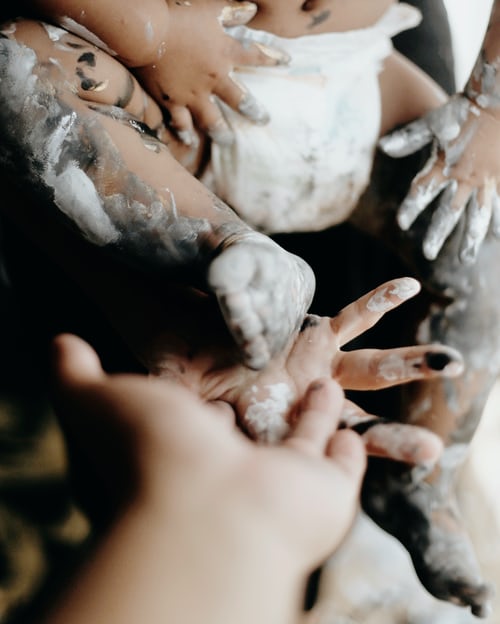It is estimated that 9.4% of children ages 2-17 years old struggle with ADHD in the United States based on the diagnostic criteria. Symptoms of ADHD vary and include self-focused behavior and the inability to help or see other people’s needs or desires. Other symptoms may include: interrupting, trouble waiting their turn, emotional turmoil, fidgeting, problems playing quietly, unfinished tasks, and lack of focus. ADHD can impact a child’s social life as they may experience social rejection and interpersonal relationship problems as a result of their inattention and hyperactivity.
Unfortunately, these symptoms in children not only impact their social life but can play a large detriment to children’s education. In the classroom, children may struggle to focus on instructions and may exhibit the need to constantly move. Additionally, due to the lack of focus, children may not be able to finish tasks, they may struggle with filtering thoughts and when to speak out and their thoughts may drift.
Art Therapists and Art Therapy can help. Art Therapy is a discipline of study and a form of therapy which is a process that incorporates art and the creative process to improve a person’s physical, mental, and emotional well-being. Art Therapy can aid a child suffering from ADHD by helping them learn to cope with impulsivity, decision-making, sequencing, flexibility, social skills and can help boost a child’s self-esteem. Additionally, it has been noted that Art Therapy helps a child with ADHD center themselves and makes them more “calm.” Interestingly enough, Art Therapy can help by activating different parts of the brain while engaging in creative expression. For example, drawing a picture from memory requires logical thinking and abstraction which can all help a child suffering from ADHD.
It has been noted that children who suffer from ADHD are constantly seeking novelty and stimulation so Art Therapy is indeed the perfect fit. Certain projects such as painting, using shaving cream to paint, playing, and utilizing clay and sand have all been known to benefit children suffering from ADHD. As noted, children by nature enjoy art materials as they are sensuous and tactile and especially for children suffering from ADHD. Art Therapy is not about being “good” at creating an art project but it’s about the process and just doing the art is “good enough.” Children with ADHD may struggle with this concept of being “good enough” thus making art therapy even more appealing to this atypical child.
Research reveals that children that struggle with ADHD may have an underdeveloped amygdala which is a part of the brain associated with emotion regulation. Children with ADHD may be impulsive which in turn may make parents or teachers restrict the child from playing with messy things. Nevertheless, in Art Therapy sessions, children with ADHD can get to experience being messy in an organized and controlled environment. Art Therapy also helps build a child’s self-esteem; when they finish an arts and crafts task, they will feel as if they have completed a task hence increasing self-esteem. The Art Therapist must continue to have unconditional positive regard to help their client or clients suffering from ADHD.
In conclusion, Art Therapy can have many benefits to that atypical child who suffers from not only being in the principal’s office way too many times, or that child that can’t stop moving in class in many ways such as by activating certain parts of the brain during the creative process and also allowing a child to play roughly or messily in a controlled environment. I hope you choose Art Therapy as a method to helping your child stay focused!

